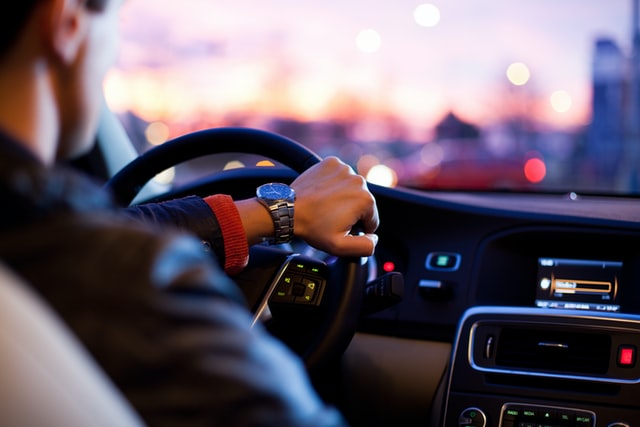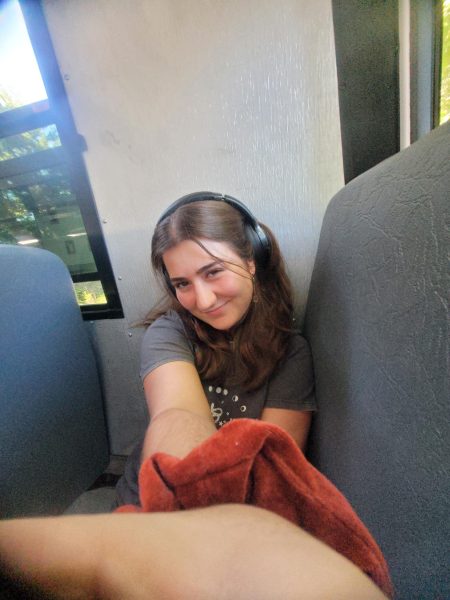It’s finally time. You are almost 17, and you have spent some time behind the wheel with a learner’s permit. You feel more than ready to drive a vehicle safely, precisely, and confidently. Without driver’s education classes and a little less than 30 hours of driving (only 24, but who is counting?) you have high hopes of passing. The day comes to take the test and you surprisingly pass. But did you pass because of hard-earned practice, and natural-born driving skills, or was it pure luck?
Permits and Practice
Obtaining a driver’s license used to be seen as a rite of passage; a way to achieve more freedom and responsibility. Now it seems as though a driver’s license has become an expectation for teens, no matter the level of practice they have as a student driver. The situation described above is more common than you would think, especially considering that all you need is an adult signature to indicate that you completed the 65 hours of practice to take the driver’s test in PA.
It is interesting to note that only 49% of people pass their driving test on the first attempt, and this may be an indication that teens have a lack of preparation for their test (Gitnux). Not only are teens getting minimal practice, but the quality of practice and guidance that they get often depends on who is teaching them. According to the Injury Research Center, 87% of teen drivers have a parent involved in their driving practice (Chop.edu). Parents often have years of experience under their belt, but this does not necessarily indicate that they would be good driving instructors. Maybe it is best to leave it to the professionals…
Driver’s Ed and Driving School: Friend or Foe?
Nowadays, driver’s education classes are few and far between, with most not even being offered in high schools. Roughly 95% of students in 1970 had access to free driver’s education, usually through public school courses. Now, to take driving courses or go through driving school, it has become the norm to pay hundreds of dollars just for a few lessons (CarScoops). Here in Quakertown, driving schools like Four Star and Unique offer ‘lesson packages’ that cost from $190 – 570 depending on the amount of practice you choose to get.
According to a select few Four Star students at Quakertown, the test is essentially a “guaranteed pass”. Driving schools are known for having high success rates for passing students. But for a driving school like Four Star (that has you take the test for a fee of $100), there may be some overlap in the success rate and these high prices. Is it possible that paying to take the test could impact an instructor’s strictness and result in the unearned distribution of licenses? For this reason, it may be more practical to bring back those trusted public school driving courses. By providing teens with (at the very least) the opportunity to take free driving courses through school, a positive learning environment is created that depends more on road knowledge rather than passing a test. Developing a system that teaches imperative driving skills and rules for the road, could be a major contributor to minimizing accidents and improving student driving.
The Course of Action?
At the end of the day, driving is a teen’s step into the world of freedom and responsibility. While the prevalence of public driving courses has dwindled, the safety of young drivers should still be a top priority. Whether choosing to take driving lessons through a school or having parents teach their children, maintaining a strict policy for student drivers to get plenty of practice is imperative. According to the AAA Foundation for Traffic Safety, drivers aged 16-17 have the highest risk for crashes and car-related injuries/deaths (Scartelli).
Taking into account these risks for teen drivers, the quality and quantity of driving skills and road rules should be prioritized by parents, public schools, and driving instructors. There is no room for error when it comes to handling a vehicle, and the difference between excellent drivers and unprepared drivers could quite literally be a life vs. death situation.










